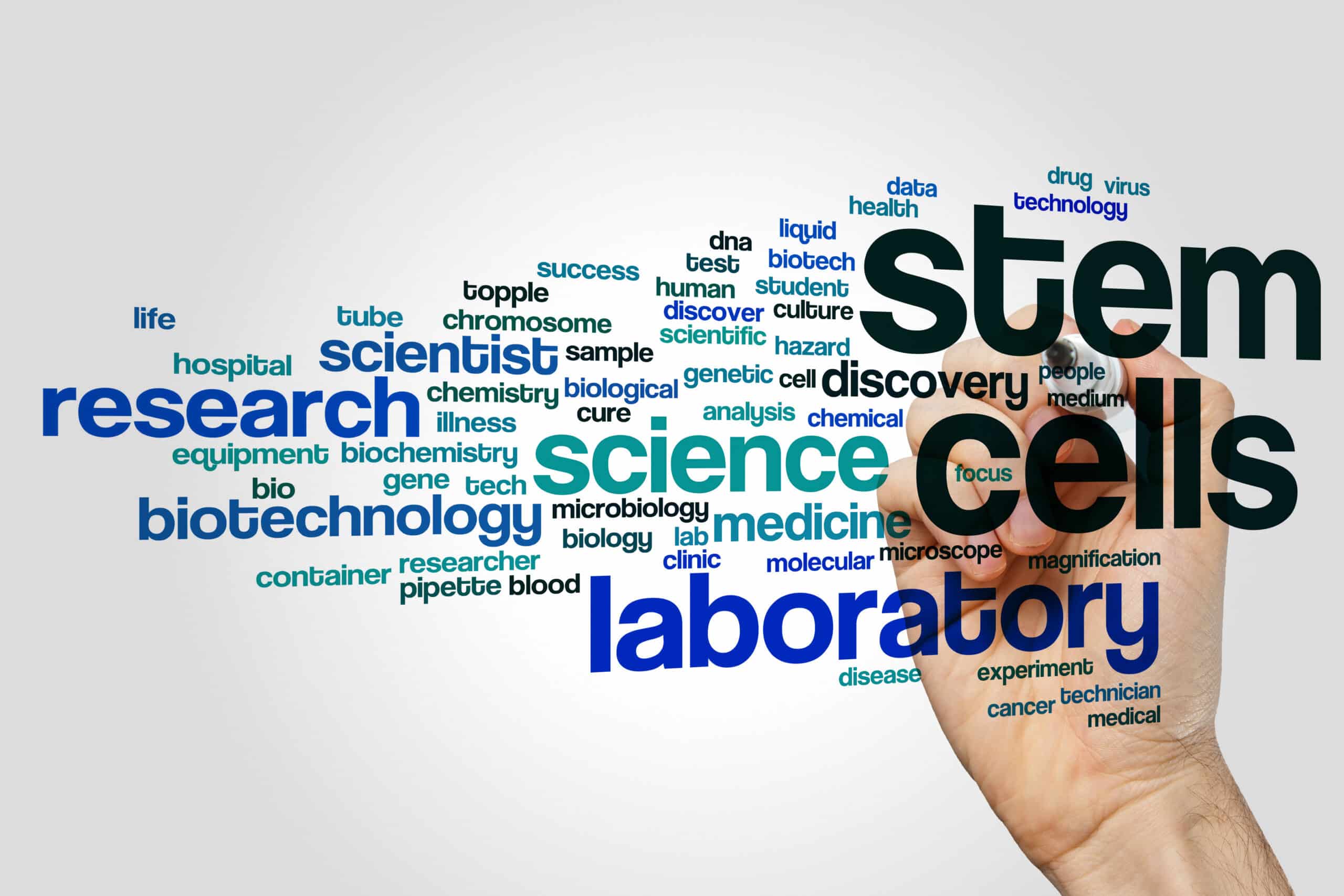Stem cell therapy uses living cells as therapeutic to treat injury or disease, there is a lot that goes into this process from collecting, altering, storing, and applying to technology either directly or intravenously to the patient.
For the patient stem cell transplant is a multiple step process including diagnosis, isolating adult stem cells, re-administering, and post treatment monitoring with follow-ups. Doctors who provide these treatments also have costs such as overhead costs, work space, training, support personnel, and administration requirements. Time and expertise required to perform procedures and post operative care must also be taken into account, as well as licensing fees to access stem cell sourcing, processing, and delivery technologies.
Treatment using stem cell technology has been gaining traction over the past decade which has been helped via considerable advances in research such as the number of scientific publications on the topic surpassing 300,000 and clinical trials surpassing 4,600 worldwide.
Even with more popularity stem cell therapy is still expensive. One of the cheapest and easiest options is harvesting adipose derived stems cells existing in adult fat to redeliver to the patient which providers can remove fat, separate stem cells, and re-inject into the patient the same day. These approaches are typically less expensive than more invasive procedures for harvesting, due to cost practicality it is the most common approach.
Easier to harvest however still doesn’t translate to inexpensive cost, though they are the least expensive. Treatment for orthopedic conditions average between $5-8,000.00 for conditions such as knee osteoarthritis, tennis elbow, and cartilage defects, among others. These cost are generally paid out of pocket as majority of insurance companies don’t cover them as they are not yet FDA approved and are classed as experimental as result, at least for now.
Fat is most frequently utilized as a source for stem cells but it is also possible to utilize stem cells from bone marrow which is extracted through a needle, and blood is drawn from a vein in the arm to be processed in a lab to be later injected into the area in need of repair.
According to a poll 30% of respondents spent $5,000.00 or less on stem cell treatments; 20% spent $5-10,000; 40% spent $10-25,000; and 10% spent over $25,000.00. Those that spent less than $5,000.00 were most likely pursuing treatment of orthopedic or musculoskeletal conditions. Those paying higher were most likely pursuing treatments for systemic or more complex conditions such as multiple sclerosis, diabetes, neurodegenerative diseases, or psoriatic arthritis.
Stem cell treatment protocols vary depending on the clinic and treating physician. One time treatment utilizing blood drawn from the patient can be as little as $1,500.00; protocols utilizing bone marrow or adipose tissue extraction can run $15-30,000.00 as bone marrow extraction is an invasive procedure requiring bone penetration and adipose tissue extraction requires medical professionals trained in liposuction.
Systemic or whole body approaches of treatment tend to have costs in higher ranges most often averaging $20-30,000.00 or more; these treatments can be for such diseases as multiple sclerosis, Crohn’s disease, psoriatic or rheumatoid arthritis, and neurodegenerative disease like dementia and Alzheimer’s disease. Higher costs reflect complexity of treatments and multiple treatments being required.
Sometimes not all costs associated for the treatment are billed at the time of procedure, hidden costs such as reaction to treatment, graft versus host disease, or disability derived from the treatment can result in more costs and additional treatments. Cancer patients, for example, treatments often aren’t viable to harvest from the patient’s own stem cells as they may contain cancerous cells that can reintroduce tumors; these patients would receive stem cells through allogeneic treatments using donor cells. These treatments carry risk of the body rejecting them as invaders and attacking via the immune system causing graft versus host disease. GvHD can be deadly, roughly 30-60% of hematopoietic stem cell and bone marrow transplant patients suffer from it with eventuality of death being 50% carrying substantial hospital costs.
There is no evidence pointing to clinics raising costs as a result of lawsuits, but this is a typical industry response for high risk services with reduction of bottom line profits through lawsuits. Additionally depending where treatment is received patients may also have to pay for travel, lodging, and miscellaneous expenditures.
Cost of stem cell therapy may be high, however those who using this option feel it is more economical than enduring costs associated with chronic disease; of which price for treatment varies by condition, number of treatments required, complexity of procedure, and factors that make it difficult to estimate cost without diagnostic visits.
It may not be in best interest to make treatment decisions based on cost alone, the best way may be to explore patient outcomes by condition and compare healing process to other treatment options. Despite the cost and majority of health insurance not covering these treatments, with the right knowledge and clear understanding of the process the risks of undergoing this option it can be worth it, especially if it removes chronic pain and requirements for lifetime prescriptions. Even with associated risks these therapies have improved thousands of lives and will continue to grow in use to play key roles in the future of medicine.




